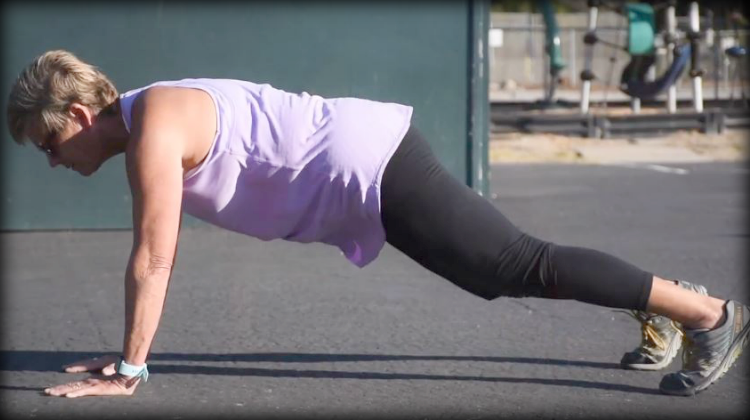“I need to work my core!”
What comes to mind when you hear those words? What visions of fitness might you disdain because of that word? My 6th grade PE class comes to mind, (a long long time ago) and slamming myself so hard on the mat as someone held my feet down and I crunched my body over 50 times in a minute. All the while, not really understanding that I might have been doing damage to my future body, and not realizing what the benefit was supposed to be.
“Core” was a word that really did not come into vogue until, fast forward 40 years and the core has been iconized by the 6 pack, the identifying ribs nicely laid out with a flat belly. But does that really mean you have a wonderfully functional core, maybe, maybe not?
In Gray Cooks book “Movement” he states, “The client can improve the exercise capacity of the core region and still display stability problems during functional testing.”
The functional testing could be something as simple as standing on one leg and raising the knee. That is because the person with the 6 pack did not work on their hip mobility or their ankle mobility. This is over-generalization, but not that far off from the truth. You may be able to hold a plank for a minute, but have trouble coming up or down the stairs. As we age, the compensation patterns that helped us out begin to give us challenges, in the form of low back, neck and especially shoulder issues. That is not to say we can’t make our spine more stable by strengthening it. But we need to be mindful of balancing the whole body. Cook also goes on to say that if you have mobility issues, correct them before you go to stability moves. The more mobility you have, the more sensory input goes to your brain and the brain stabilizes.That being said, today’s strength exercises are mobile too!
I am using body weight and movement only. If you are already doing planks, start with a high plank and tap out with one leg and back, or one arm and back. As you move you want to protect your spine by keeping it in that neutral position so there is very little shear force on it. These are advanced moves and should only be attempted if your mobility in your shoulder, hips, and ankles are good.1. Shoulder Taps with High Plank
- Crucial placement of the hands directly under the shoulders is key for this move.
- You are taking one leg from the table.
- The other 3 must have equal weight distributed on them.
- While in high plank, start with a wide foot base.
- Tap the opposite shoulder.
- Alternating shoulders right, then left.
2. Crab
- Find a high plank with a wide base.
- First, move the hand to the right, then the leg to the right.
- Continue for 4 counts to the right then 4 moves to the left.
- Keep the hips from dropping – they may move side to side a bit, but be aware of back sway. If that happens, stop.
3. Bear Crawl
- Find a high plank and walk forward.
- Keep your chin tucked and your neck neutral.
- Bend the knees forward as if coming down on all 4’s, but just hover.
- Then move from there. Crawl up 4 paces forward and 4 paces back.
If you are looking to put some zing into your core workout – these movements are a good place to start.
What is your favorite plank movement? Please share with us in a comment below!
Want to Connect with other Ripped Grandma’s?
Join Me In My Facebook Group…




